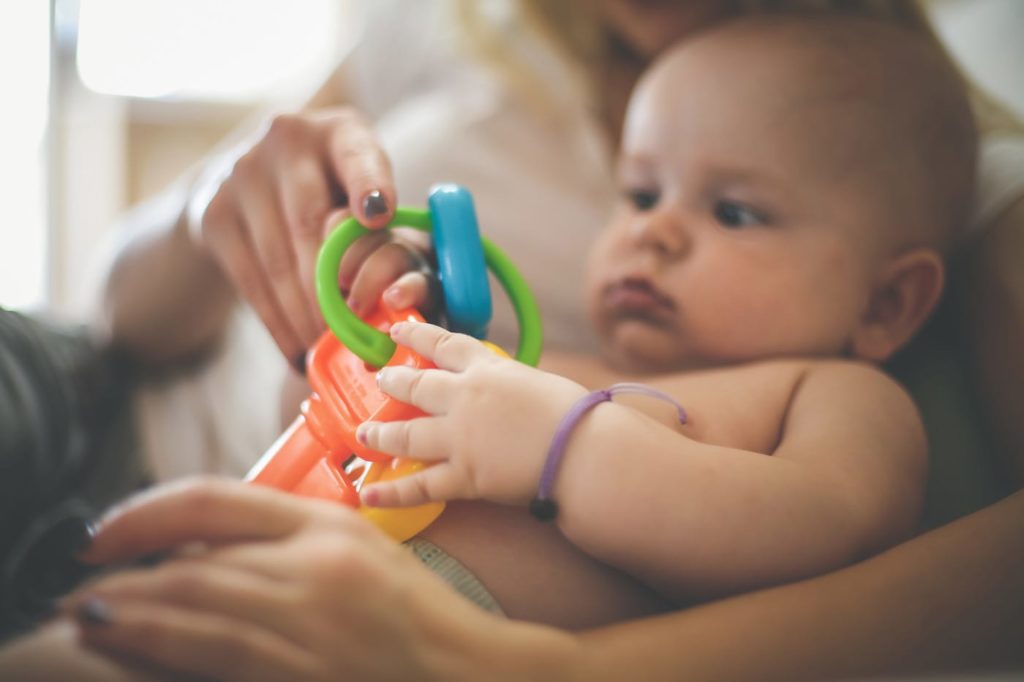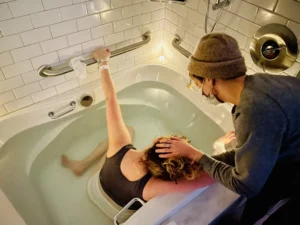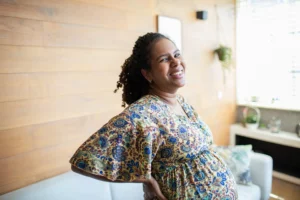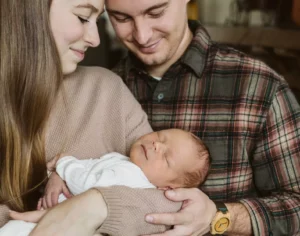
By Anne Whitworth, MD
Aspirus St. Luke’s Clinic - Duluth - Woodland Ave
About the Author:
My goal is to help families navigate the next stage of their lives, whether that’s pregnant moms or growing kids. I hope to empower and encourage people to trust in themselves because they know more than they think they do.
My goal is to help families navigate the next stage of their lives, whether that’s pregnant moms or growing kids. I hope to empower and encourage people to trust in themselves because they know more than they think they do.
For being so little and adorable, babies sure do need a lot of stuff.
If you’re lucky, friends and family with children will be all too happy to open up their basements and storage spaces, offering you what their own kids have outgrown. Secondhand baby stores are an option as well, offering “gently used” items to parents looking to save money where they can.
However, not all secondhand baby products are safe to use. The list below provides important information for new parents-to-be:
Car seats
- Never accept a used car seat. It’s impossible to know the history of the car seat for certain and even a minor crash or incident can make the car seat unsafe.
- A car seat is the most important piece of safety equipment you’ll provide for your child and it’s important to buy this item new.
High chairs
- As long as they are less than three years old and in good working order, high chairs can be accepted secondhand.
- Be sure to check for recalls online.
- If your child is less than 12 months old, the high chair must have a five-point harness system. For babies over a year, a three-point harness system is acceptable.
Playpens, cribs and strollers
- If they’re not more than three years old, these items are generally okay to use secondhand.
- Make sure you test all the parts and make sure they are in good working condition. That means setting up and taking apart, folding and unfolding until you’re satisfied the item is safe.
- Be sure to check for recalls online.
- Avoid drop-side cribs as they are no longer recommended or thought to be safe.
- A good rule of thumb for these types of products is to get them from someone you know. This way, you’ll be able to know the history of use.
Baby clothes
- Clothes, coats, shoes and sleepers are all wonderful secondhand items.
- Be on the lookout for visual wear and tear. Pay special attention to stretched neck lines, as they present a possible hazard for your baby to get tangled or caught in.
- While stains aren’t aesthetically pleasing, they don’t have to be a deal-breaker for the budget-conscious parent. A good washing in hot water with a baby detergent like Dreft will get rid of any potential nasties. Stains or not, make sure to wash every secondhand clothing item before putting it on your child.
Toys
- This is another category where you should feel free to buy or accept used items.
- Give each toy a close inspection before offering it to your child. Watch out for anything that is broken, missing or loose. Make sure that all small parts are age-appropriate for your child and in good working condition.
- Check for recalls online to make certain the toy isn’t on a list for things like choking hazards or lead exposure.
Baby furniture (dressers, rockers, etc.)
- This is one of the very best categories to accept secondhand and can save parents a lot of money.
- Dressers, changing tables and any other items that could tip over need to be secured to the wall.
Finally, avoid any item that has been repaired or modified, as well as any product that has been in the home of a smoker.
By following these guidelines, you’ll be able to get the best and safest items for your child and avoid breaking the bank in doing so.
To make an appointment with Dr. Anne Whitworth




